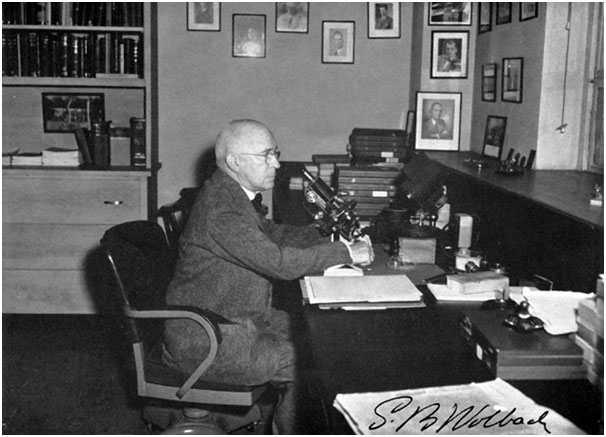Wolbachia – a brief history

22 Jan 2017

Samuel Wolbach (1880–1954; picture above) was a Harvard-trained pathologist who had an established reputation as an authority in the area of arthropod-borne infections. Collaborative studies of Wolbach and Marshall Hertig, an entomologist led to the discovery of Wolbachia in 1924.
Both Hertig and Wolbach would probably be very pleasantly surprised to learn that the unknown rickettsia-like organism, which they first isolated from the common brown mosquito (Culex pipentis) caught in the vicinity of Boston, would be shown to represent a large group of bacteria that infects from 16 to 76% of insects and a large number of other arthropods and invertebrates. Of course, they would not have imagined that in the far future Wolbachia became an important tool in the fight against Aedes-borne dengue, Zika, chikungunya and yellow fever. After 81 years of its discovery, their findings are finally translated into application to control Aedes-borne diseases.
Milestones in Wolbachia Research


Comments are closed.